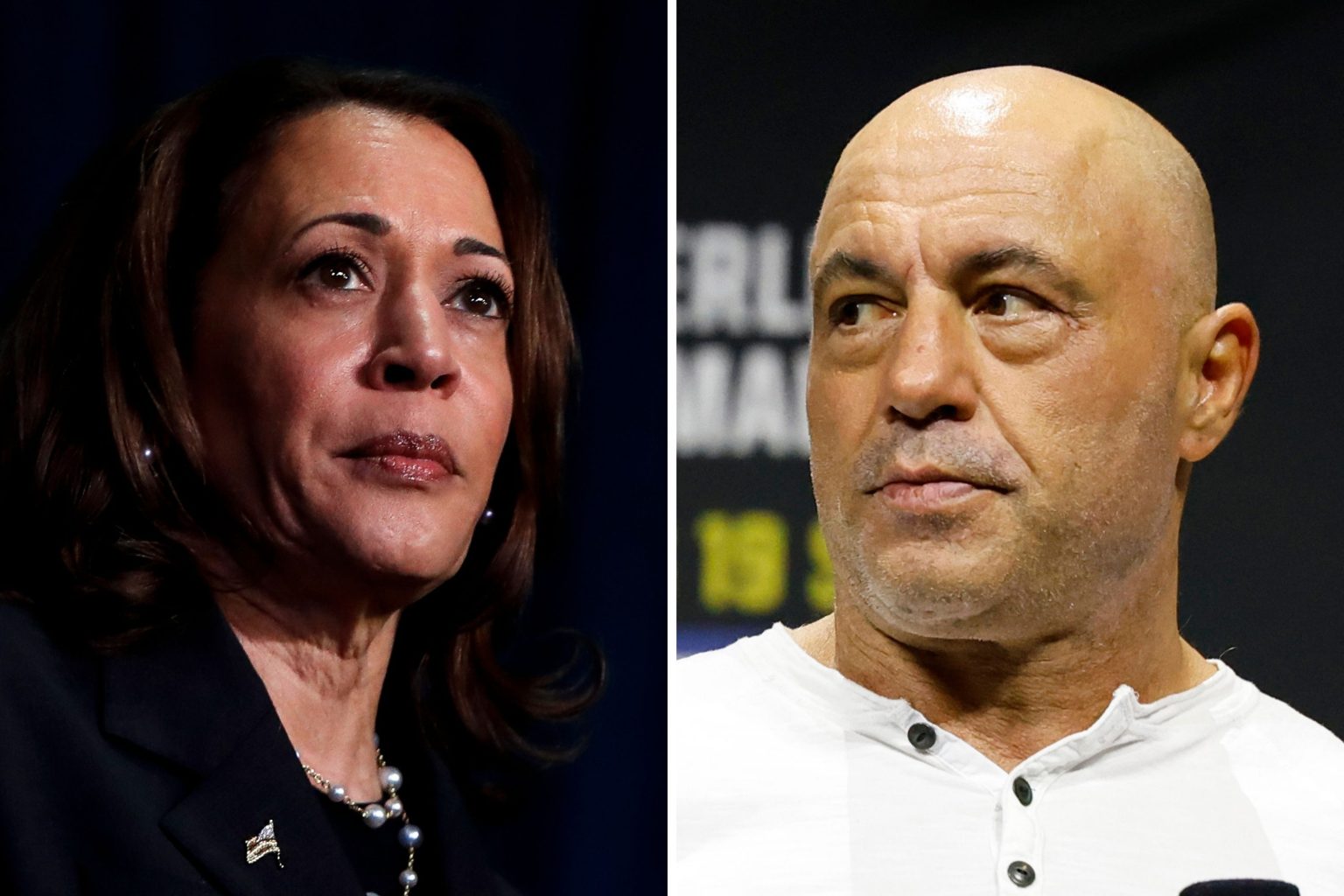In the final days of the presidential race, Vice President Kamala Harris declined an interview with podcaster Joe Rogan, leading to speculation among Democrats that this missed opportunity was a crucial misstep in her campaign. The Harris campaign and Rogan had been in discussions for weeks but were unable to agree on terms for the interview. Ultimately, Harris decided not to appear on the show due to concerns about potential backlash from progressives. Rogan claimed that Harris was unwilling to address controversial topics and criticized her campaign’s stipulations, particularly her request to avoid discussing marijuana legalization, a topic closely tied to her record as a prosecutor in California.
The fallout from the failed interview between Harris and Rogan highlighted internal disagreements within the Harris campaign regarding engaging with Rogan’s audience. Similar to Senator Bernie Sanders’ experience in 2020, Harris faced criticism for considering an appearance on Rogan’s show. While it is difficult to determine the impact of the missed interview and Rogan’s subsequent endorsement of President-elect Donald Trump on the election outcome, it underscored the broader messaging challenges faced by Democrats during Harris’ campaign. While Harris relied on traditional media outlets like CBS, ABC, and NBC, Trump focused on podcasters and social media influencers like Rogan, ultimately reaching a larger audience through his appearance on Rogan’s podcast.
Joe Rogan expressed frustration with the Harris campaign’s handling of the potential interview, questioning Harris’ abilities as a candidate and suggesting she was not comfortable in unscripted situations. Rogan described Harris as adept at delivering rehearsed speeches but lacking in off-the-cuff engagement, leading to further criticism of her campaign’s communication strategy. The leaking of news that Harris was in talks to appear on Rogan’s show created a tense dynamic between the two parties, with Rogan feeling pressure from his audience to be tough on the vice president.
Despite the controversy over the missed interview with Joe Rogan, Harris continued to engage with mainstream media outlets and traditional platforms, such as appearing on Saturday Night Live. In contrast, Trump’s media strategy focused on reaching a wider audience through podcasters and social media influencers like Rogan. Trump’s three-hour appearance on Rogan’s podcast garnered significant viewership on YouTube, far surpassing the reach of Harris’s scripted SNL appearance. This disparity in media strategy and reach highlighted the evolving landscape of communication in politics and the importance of engaging with a diverse range of audiences to effectively convey a campaign’s message.
In conclusion, the disagreement between Vice President Kamala Harris and podcaster Joe Rogan over the terms of a potential interview underscored broader challenges faced by the Democratic Party in messaging and outreach during the election campaign. Harris’ decision not to appear on Rogan’s show and the subsequent endorsement of President-elect Donald Trump by Rogan highlighted the importance of engaging with a diverse range of media platforms and audiences in modern political communication. The fallout from the missed interview raised questions about Harris’ ability to engage in unscripted situations and the internal dynamics of her campaign. Moving forward, politicians and campaign strategists may need to reevaluate their media strategies to effectively reach and connect with voters across different platforms and audiences.


